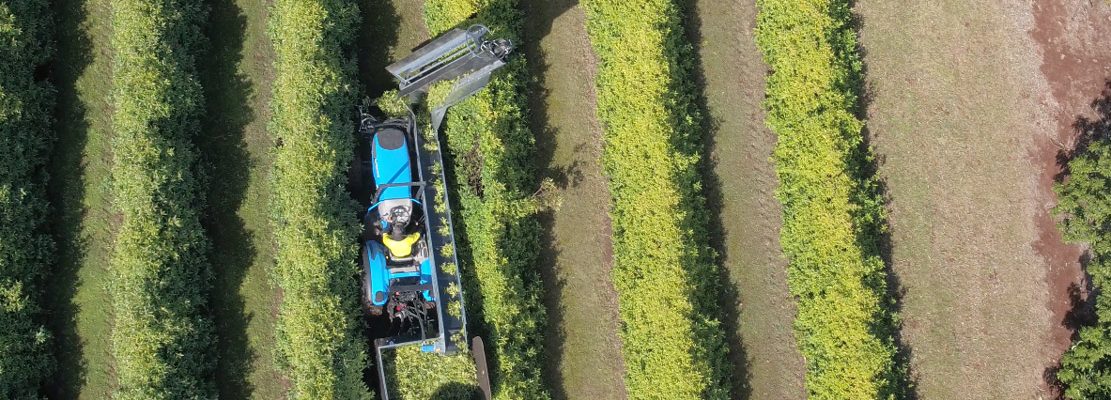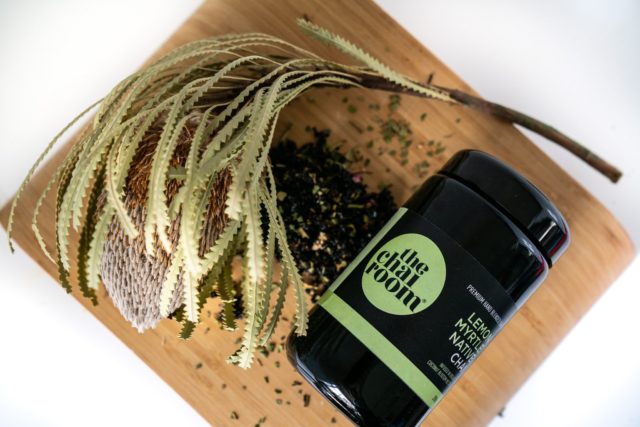
Inside the Harvest Part 2 – Commercialising Lemon Myrtle
The founder of Australian Native Products, Gary Mazzorana, first started growing lemon myrtle in 1995 and is now the largest grower and harvester of lemon myrtle globally.
We sat down with him to discuss his love of this Australian native botanical and why he chose to share it with the world.
Hi Gary, Australian lemon myrtle has been around for thousands of years but you were one of the first people to grow it in a commercial sense. What made you decide to do this?
I liked the idea of growing something that was native to Australia and compared to other fast-growing agricultural industries, lemon myrtle required very little herbicides and fungicides. The idea of growing something chemical-free was appealing and after my first encounter with it, I instantly fell in love with the smell.
We first started planting lemon myrtle trees in December 1995 and now Australian Native Products are the largest growers and processors of lemon myrtle in the world.
How long does it take for a lemon myrtle tree to grow before harvest?
It takes approximately 3 years before a tree can be harvested for commercial use. The side growth of the tree is more desirable as leaves are harder, denser, and the oil content is much higher, which is ideal for distillation.

Do leaves lose their lemon myrtle fragrance after they’re picked?
This depends on how lemon myrtle is processed and stored. If you left crushed lemon myrtle leaves in a bowl on your kitchen counter, the smell and flavour would dissipate quickly however, the processes and packaging we’ve developed ensure the flavour is retained and the products produced have a two year shelf life – provided they’re stored correctly!
How do you enjoy lemon myrtle best? Do you have a favourite lemon myrtle recipe?
It’s hard to choose but I’d say in yoghurts, lemon myrtle tea, and cheesecakes. Lemon myrtle tastes sensational in a cheesecake. You can use a very small amount of lemon myrtle essential oil but I prefer creating a strong lemon myrtle extract. All you need to do it break up a few lemon myrtle leaves and sit them in a small amount of boiling water. Leave the water to cool, then drain the leaves and add this to your cake mixture.
And lastly, do you think the lemon myrtle industry still has room to grow?
I think lemon myrtle has many benefits, with some yet to be uncovered. It’s an extremely diverse plant and current research has only scratched the surface. There’s real potential for this plant to establish itself globally in large industries such as nutraceuticals.
The longer I’ve been involved, the more I’ve been amazed by this Australian native botanical. And I never get sick of the smell!



